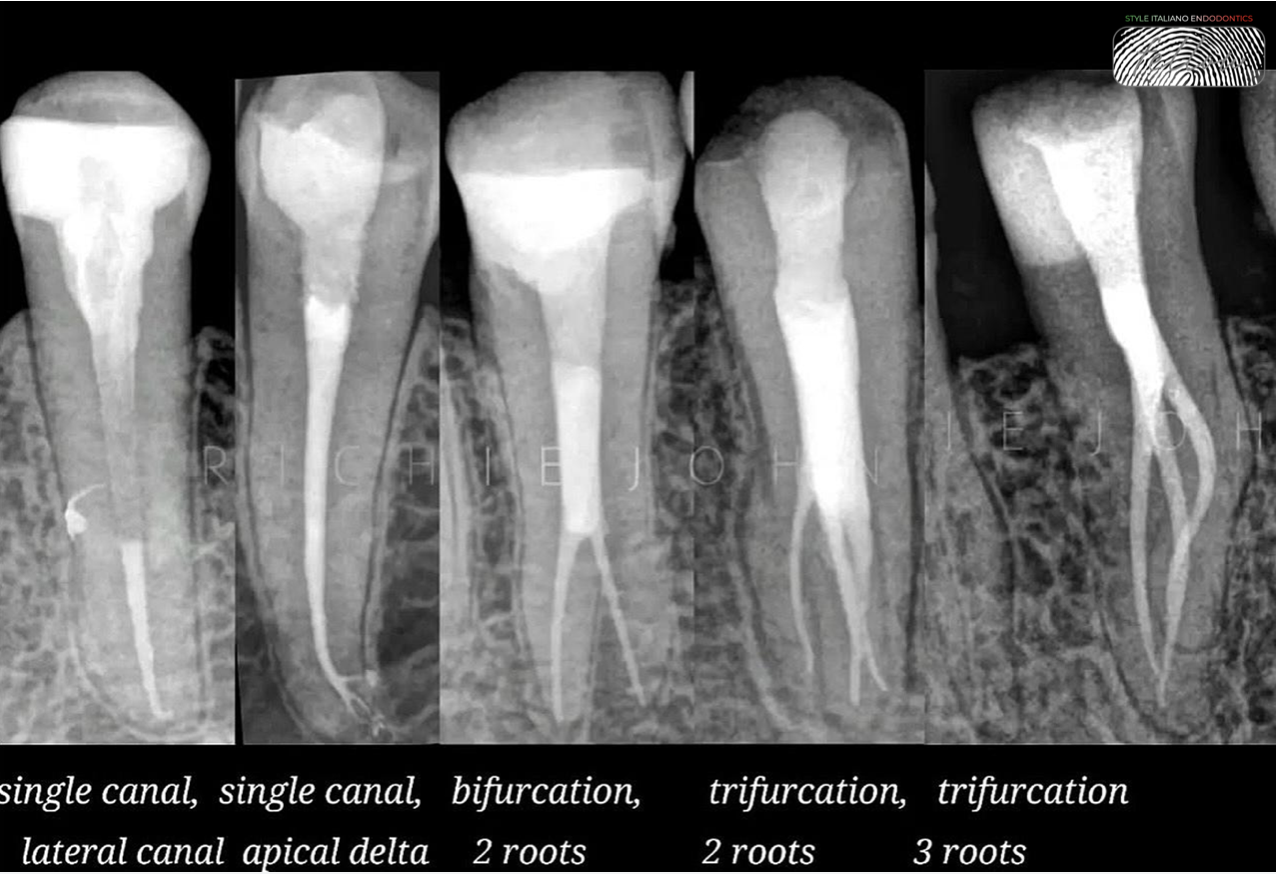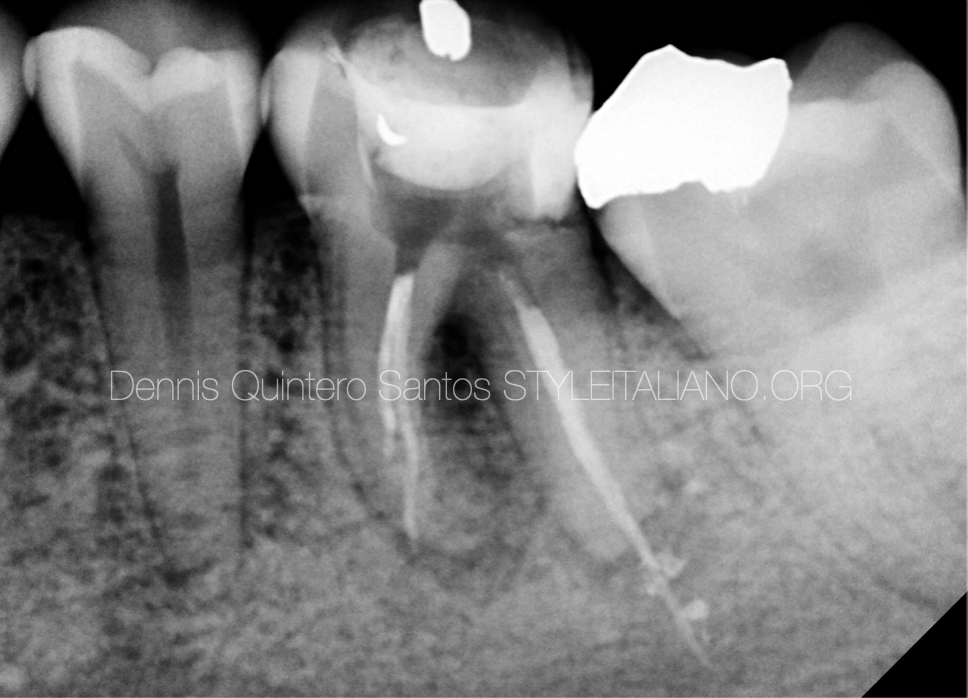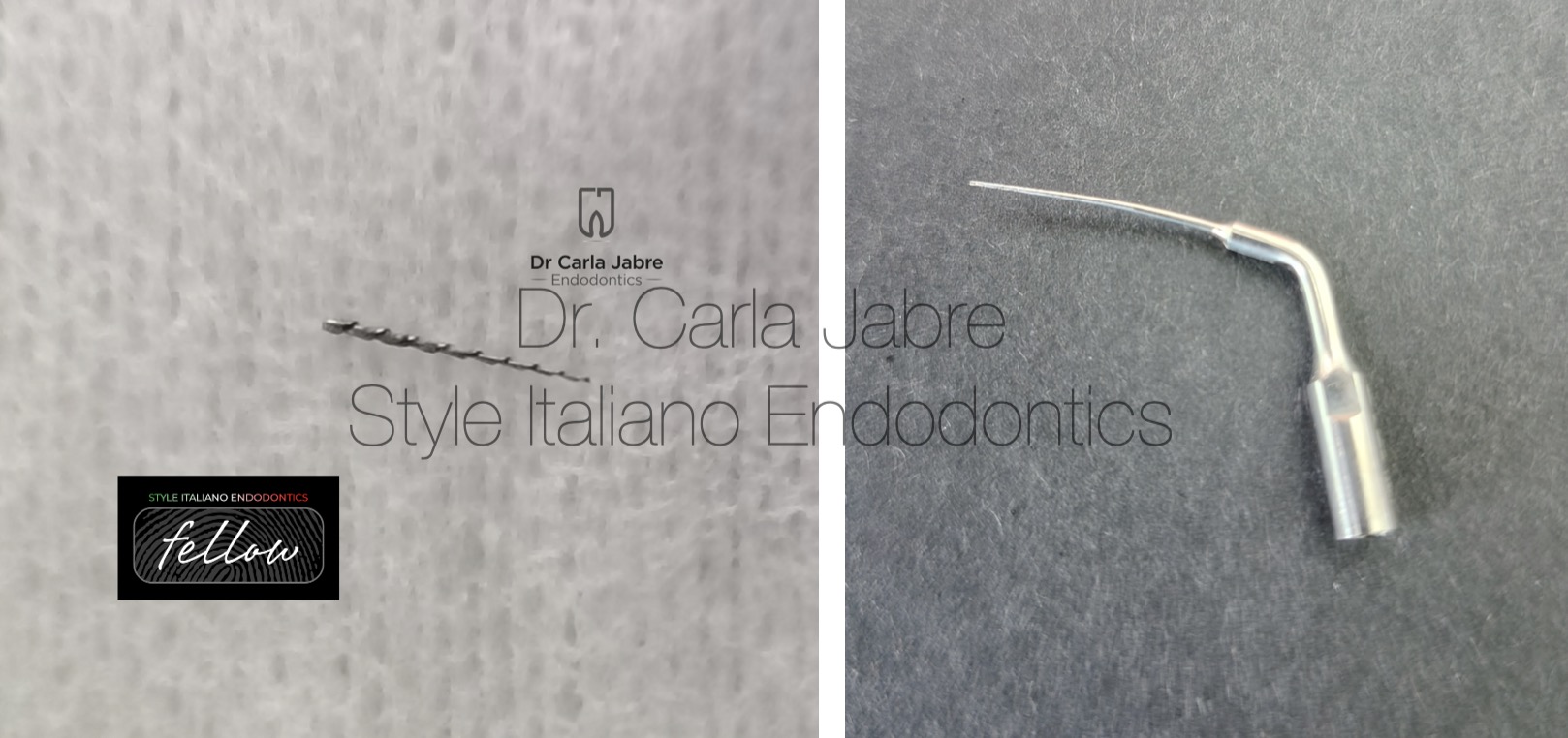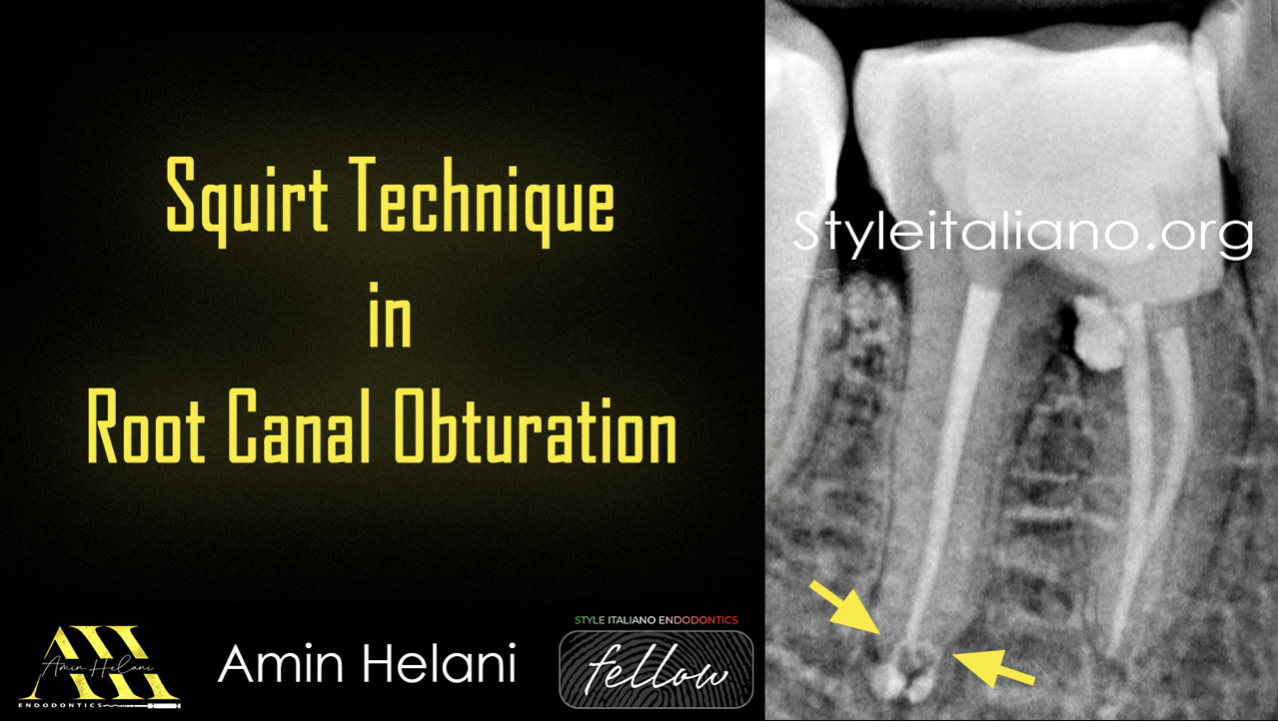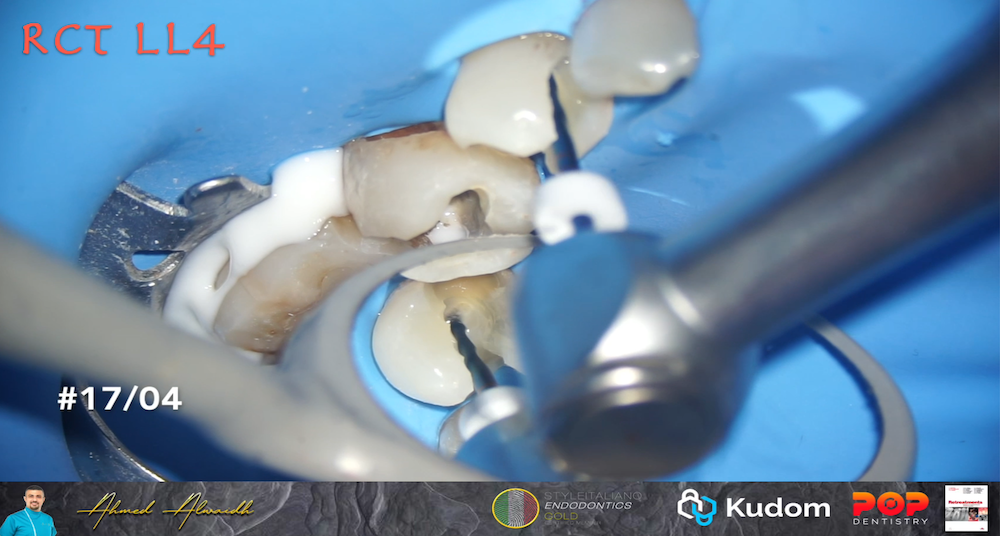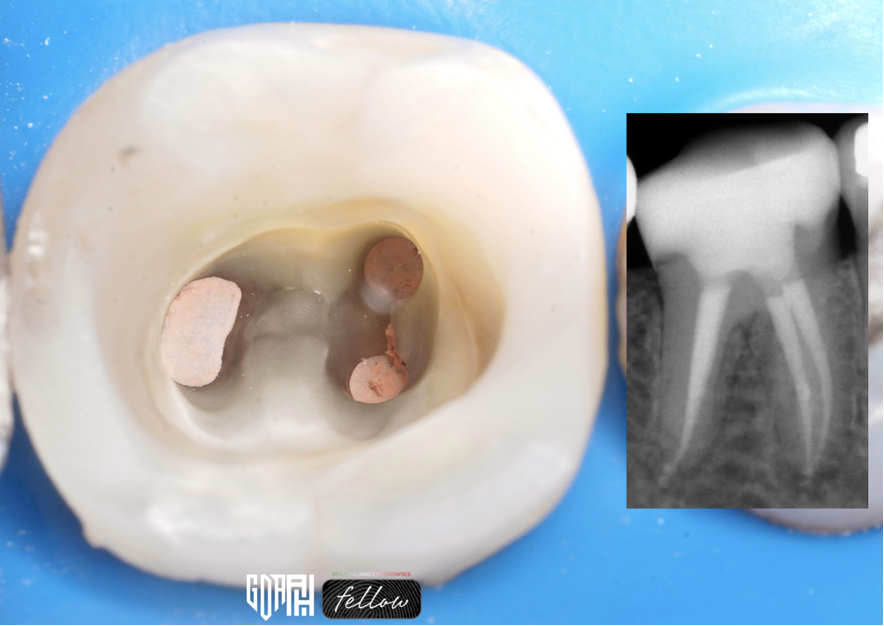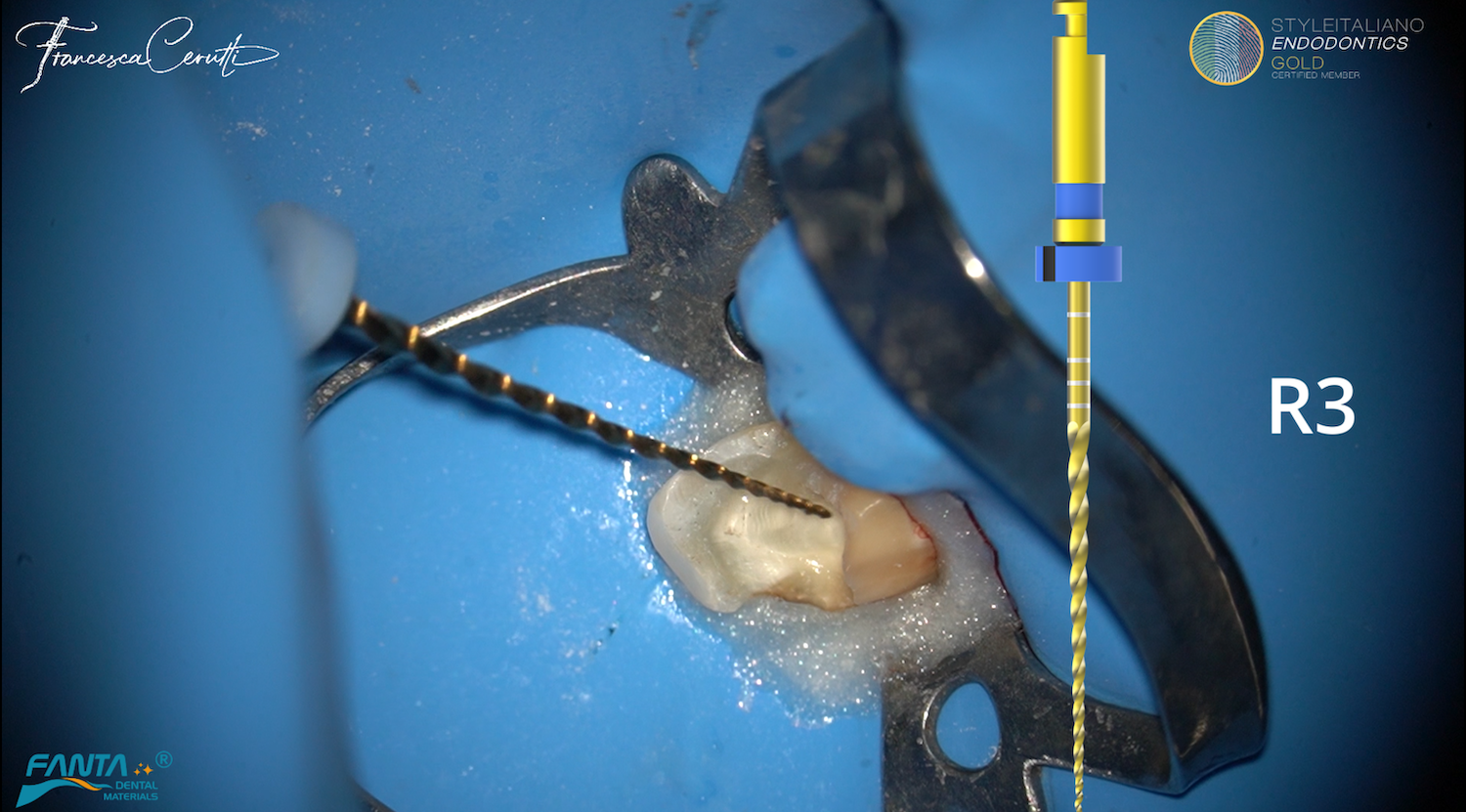The maxillary first molar is among the most anatomically complex teeth in the human dentition. Its intricate root canal system, particularly the variability of the mesiobuccal root, poses significant challenges for endodontic treatment. This review consolidates current literature on the external and internal morphology of the maxillary first molar, emphasizing the prevalence of additional canals, the clinical relevance of advanced diagnostic tools such as cone-beam computed tomography (CBCT) and micro-computed tomography (micro-CT), and the implications for endodontic therapy. Special attention is given to the second mesiobuccal canal (MB2), its detection, and its role in endodontic success.


